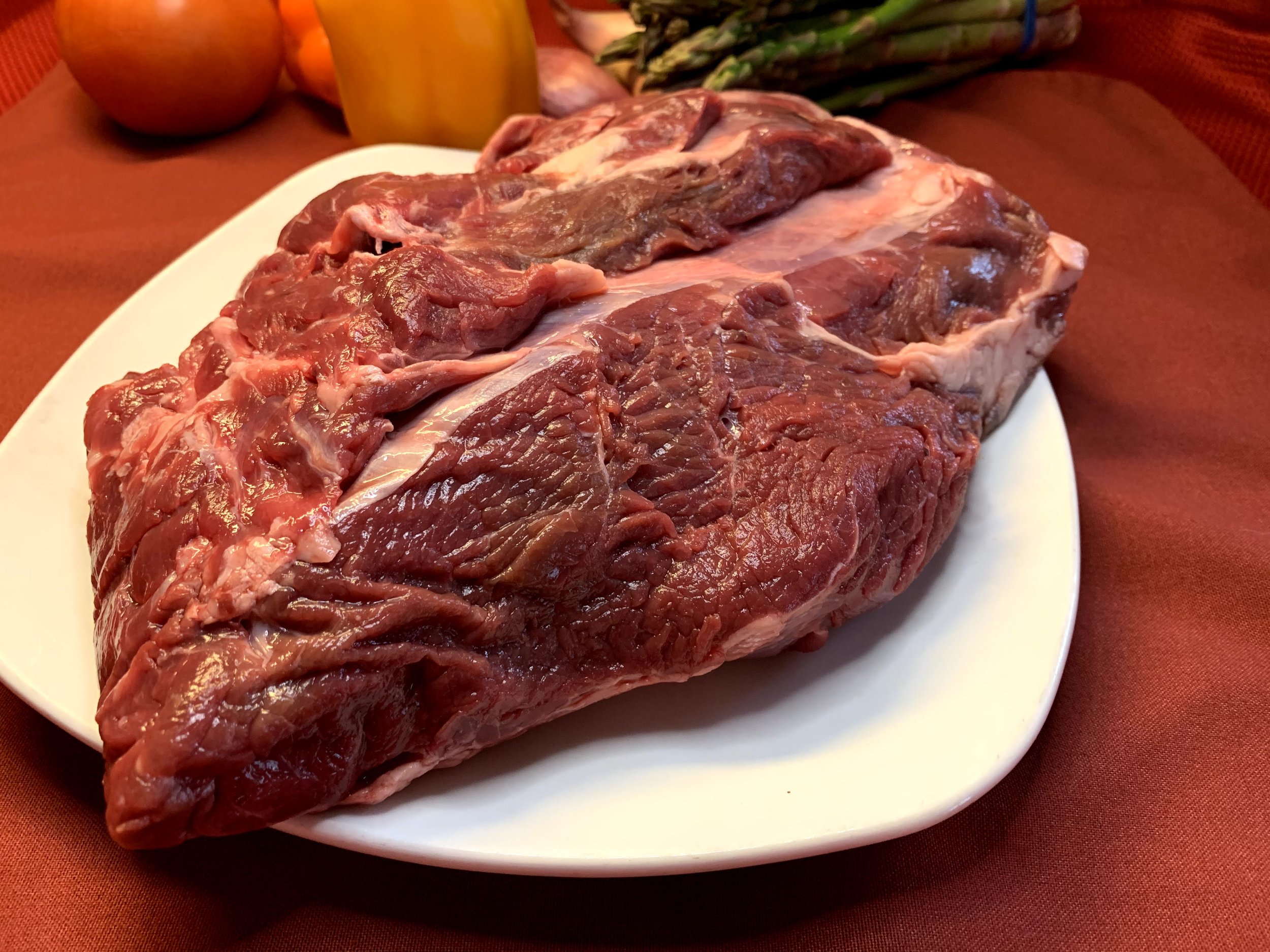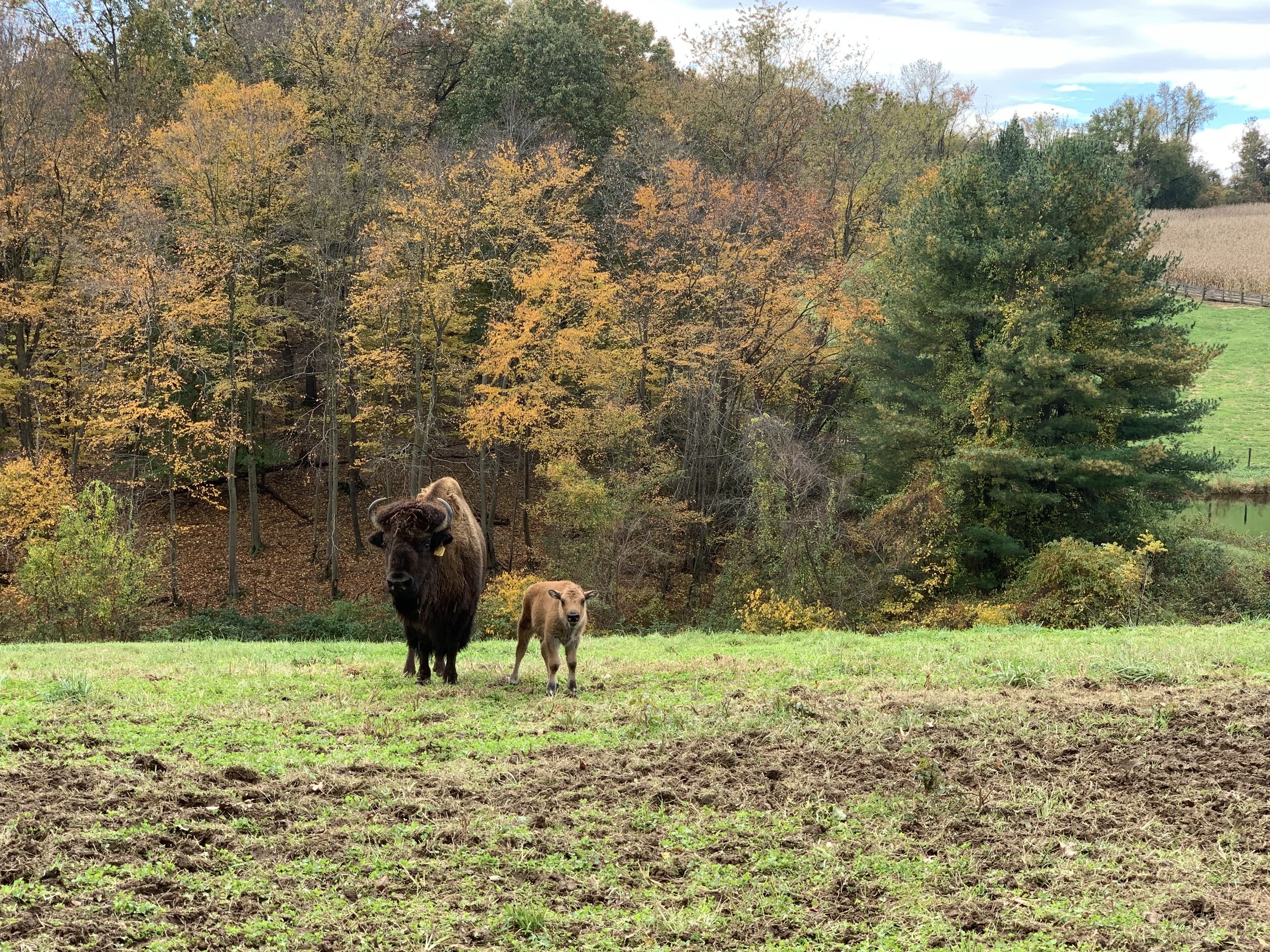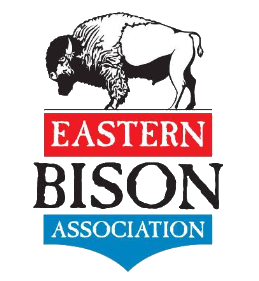
Bison Facts
Find A Bison Farm Near You
We proudly represent a network of East Coast farms dedicated to raising exceptional bison meat, offering families across the region a protein-rich, heart-healthy alternative to traditional beef.
Spanning the diverse landscapes of the Northern and Southern seaboard, our member farms are committed to sustainable and ethical practices. Their bison herds roam freely on natural pastures, resulting in superior meat quality and minimal environmental impact.
Bison Nutrition
Beyond its cultural significance, bison meat offers a culinary experience marked by exceptional taste and impressive nutritional value. Compared to traditional red meats, bison boasts lower cholesterol, fat, and caloric content.
Bison’s flavor profile is rich, and hearty and can be compared to the finest beef, enhanced by a subtle sweetness and an absence of any gamey overtones. This unique combination easily makes bison the choice of chefs and health-conscious consumers.
Bison are raised with rigorous adherence to ethical and sustainable practices from the FDA. As such, bison are required to be growth, hormones, and antibiotics free. They roam freely on natural pastures, contributing to a healthier environment and responsible land management.
NUTRITIONAL COMPARISON* Comparison of bison sirloin, beef sirloin (choice) and chicken breast with skin on All samples 100 grams (3.5 oz)

Bison is All Natural
Low in Cholesterol and Fat
Low in Calories
High in Protein
No Growth Hormones, Stimulants or Antibiotics
Environmentally Friendly
The Eastern Bison Association promotes the raising of bison without growth hormones, stimulants or sub-therapeutic antibiotics.
Bison History
Bison, commonly referred to as the American Plains Buffalo, once roamed the entire North American Continent with their numbers estimated at over 60 million. Bison were an integral part of the ecosystem for centuries, thriving on wild and drought-resistant western grasses, native shrubs, flowers, and other plants. Bison were the economic and spiritual focal point of the Plains Indians, supplying them with food, clothing, and shelter.

Bison Facts
Bison generally produce one 40-50 pound calf at a rate of one per year, with cows reproducing well into their 20s. A mature cow will, on average, weigh 1,000-1,200 pounds. A mature bull will average 1,500-2,000 pounds. One Bison bull can service 10-15 cows. Bison with plenty of good pasture and water are generally content and will stay put. The suggested stocking rate is generally the same as cattle in a particular area. Bison are more efficient feed converters than cattle and should do very well with that ratio.
Learn more about bison, bison ranching and the bison business
-
Visit the National Buffalo Museum’s website to find fun resources for K-12 children to learn about bison.
-



